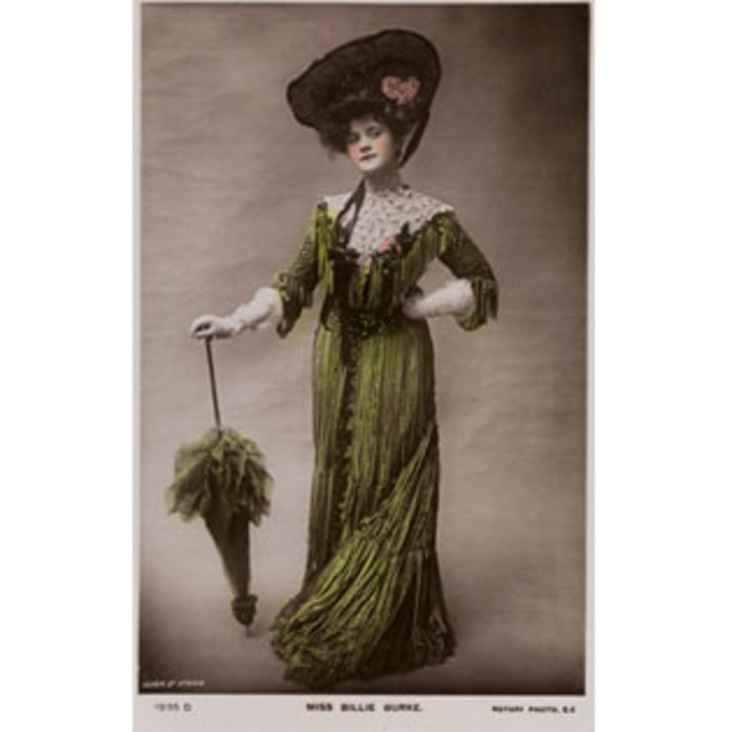
Unknown maker, Klawock Tlingit
Wood, hide, paint, metal, sinew
Collected by Louis Levy
Donated by Adolph Lewisohn in 1905
American Museum of Natural History 16.1/308
The Tlingit first acquired firearms from Russians and Europeans in the late 1700s and quickly came to depend on them over traditional methods of hunting and warfare. By the mid to late nineteenth century, all coastal groups had borrowed or developed various types of objects related to the use of guns, including powder measures and cap boxes of carved horn and bone, and cases and pouches (both wooden and woven) to carry ammunition. This case is fitted with compartments made of sheet metal cut and rolled into paired tubes, which once held fragile paper cartridges containing powder and a lead bullet for use in a muzzle-loading firearm. The Tlingit in particular were known to add family crest imagery—in this case, a bear—to their armor in addition to their houses, quotidian equipment, clothing, and regalia. The bear is intricately rendered, suggesting that the commissioner of the case may have been particularly proud of his hunting skills, military record, or social standing.

Click here for a discussion about this object (Beau Dick)













